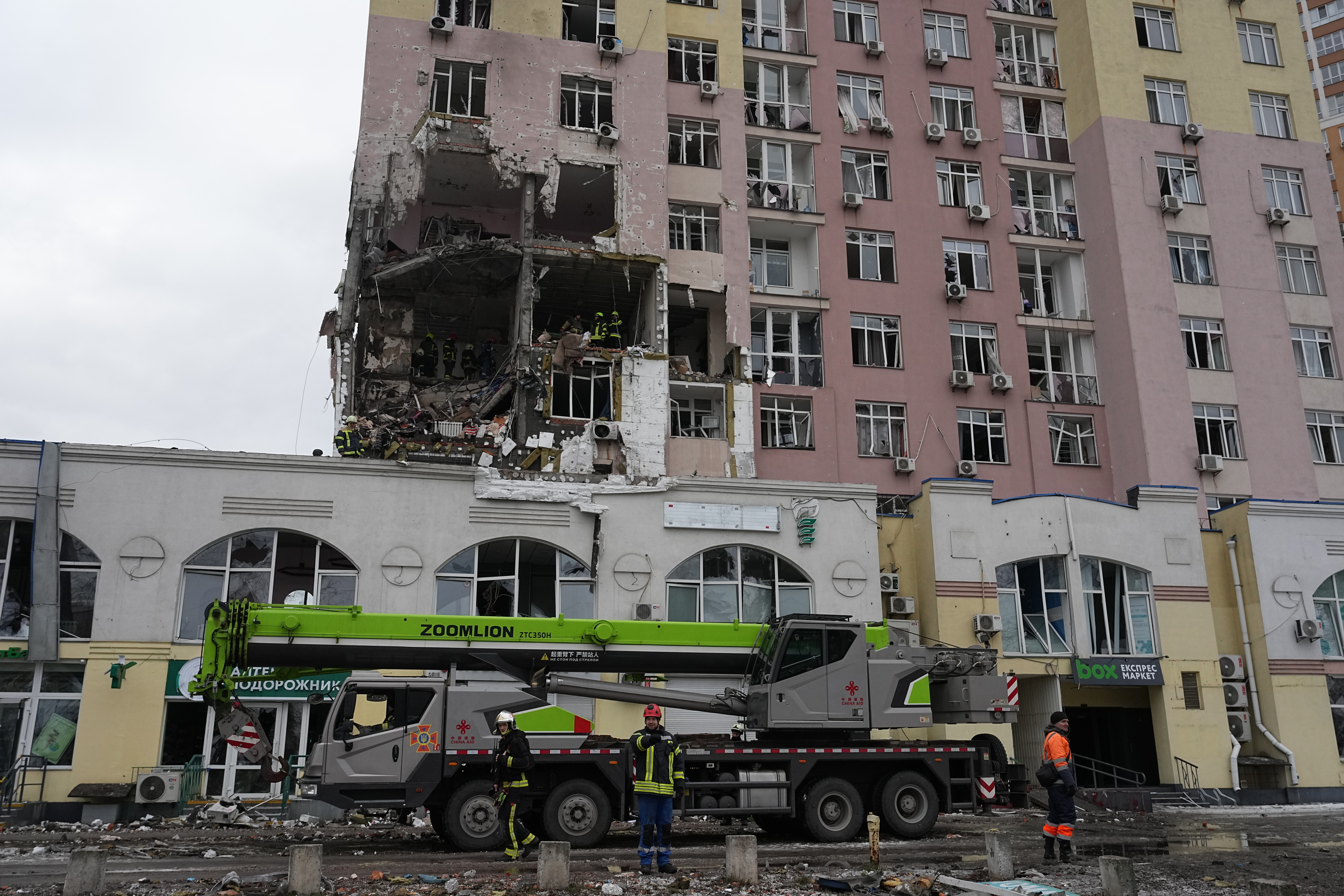Study: We’re losing the fight against drug-resistant infections faster we’d thought
One of the pillars of modern medicine is showing its cracks, according to a new report from the World Health Organization.
Antibiotics have turned once deadly infections into minor inconveniences. They make lifesaving interventions, from surgery to chemotherapy, safer. But every time this powerful tool gets used, there’s a risk — antibiotic resistance.
Out of the billions of bacteria causing an infection in an individual, some small fraction may be naturally resistant to a given drug. Taking an antibiotic can clear the field for those resistant bacteria to spread.
“Antimicrobial resistance is just basic evolution,” says Kevin Ikuta, an infectious disease physician and researcher at UCLA. He says we need antibiotics, but “we are in this battle we’re trying to lose as slowly as possible anytime we treat an infection.”
Humans are losing that battle faster than previously thought. In 2023, roughly 1 in 6 infections tested by labs worldwide were resistant to antibiotic treatment, according to WHO. The report says nearly 40% of antibiotics used to treat common urinary, gut, blood and sexually-transmitted infections have lost effectiveness over the past five years.
“Frankly, it’s quite concerning,” says Ramanan Laxminarayan, president of One Health Trust, a non-profit. “We do see increases in resistance every year, but here we see a pretty sharp increase.”
Antimicrobial resistance is already directly responsible for about 1.2 million deaths a year and contributes to nearly 5 million, according to WHO. That toll could grow, says Laxminarayan.
“We’re sleepwalking into a disaster,” he says. “I shouldn’t say we are — we already have sleepwalked into a disaster.”
Hot spots of resistance
The jump in resistance was sharpest in low- and middle-income countries with weaker health systems, the report found. Countries with less robust systems to track antibiotic resistance tended to report higher levels, too.
“For some of the most common infections that afflict tropical countries, nearly 50 to 60% of the infections are now drug resistant,” says Laxminarayan.
These higher numbers could reflect biased data, where weak surveillance systems only pick up the worst infections that are more likely to be resistant to antibiotics. But they could also reflect genuinely higher levels of resistance.
“It’s probably both,” says Laxminarayan.
Weak surveillance systems tend to be coupled with weaker health systems. That means “you probably have less infection prevention and control, less vaccination, weaker water and sanitation system,” he says, which can breed resistance.
Easier access to basic antibiotics could be playing a role too.
“You don’t necessarily need a prescription to get an antibiotic in a lot of countries,” says Ikuta. That can lead to misuse, for instance treating a viral infection with antibiotics, which could give resistant bacteria a leg up without providing any therapeutic benefit.
Less access, more resistance
While misuse is a problem in lower-income countries, the bigger problem is that effective antibiotics — especially those that wealthier countries use when more basic ones fail — are often out of reach for those who need them most.
“In the U.S., if the first two drugs didn’t work for you, likely you could afford the third drug,” says Laxminarayan. “That option is not available to someone living in Cote d’Ivoire or The Gambia.” That can leave infections insufficiently treated, ultimately fueling the fire of resistance.
Those dynamics are part of what’s driving increased resistance among the most commonly prescribed antibiotics — especially carbapenems and fluoroquinolones — that target a wide range of bacteria.
As resistance to those first-choice antibiotics grows, physicians are left with older and more potentially toxic medications, or newer drugs that aren’t widely available, especially in lower-income countries, says Ikuta. “So we’re either left with an untreatable infection or with a treatment where the side effects may be as toxic as the infection itself,” he says. “It’s quite the pickle, clinically.”
Getting out of that pickle won’t be easy.
For one, it’ll require a clearer global picture of resistance. While more countries are submitting data to WHO to help track global resistance levels, there are still major gaps.
Last year, 48% of countries didn’t report any resistance data to WHO. Among the countries that did, nearly half still lack robust surveillance systems, the WHO says.
Better surveillance data can help physicians narrow down which antibiotics to use, ensuring more effective treatments that minimize resistance.
Physicians also need newer, better antibiotics. Developing drugs that target bacteria in novel ways can help humans get ahead of resistance, but WHO says the global pipeline of new treatments isn’t flowing fast enough to meet the need.
The clock is ticking, says Ikuta. If progress isn’t made and resistance continues to grow, medical care we take for granted could be at risk.
“It’s not just the treatment of acute infections and sepsis, it’s making sure surgery is safe and effective, and chemotherapy is available,” he says “These advancements in medicine are on the back of antibiotics, so when we lose antibiotics, we risk losing those.”
Kennedy Center vows to sue musician who canceled performance over Trump name change
The Kennedy Center is planning legal action after jazz musician Chuck Redd canceled an annual holiday concert. Redd pulled out after President Trump's name appeared on the building.
Our top global photo stories from 2025: Fearless women, solo polar bear, healing soups
These stunning photos include a polar bear in a Chinese zoo, a teen in Zambia facing an uncertain future, Mongolian kids watching TV in a tent, a chef prepping a bowl of good-for-you soup.
ADHD drugs may work indirectly to boost attention
Drugs like Adderall and Ritalin appear to help children with ADHD by activating brain areas involved in alertness and motivation.
Russia attacks Kyiv, killing 1 and wounding many ahead of Ukraine-US talks
Russia attacked Ukraine's capital with missiles and drones early Saturday morning, killing one and wounding over 20 people a day before talks between Ukraine and the U.S., local authorities said.
Myanmar is set to hold phased elections. Here’s why they’re being called a ‘sham’
Myanmar's military rulers are holding a general election in phases starting Dec. 28 amid the country's civil war. The head of the U.N. says the vote will be anything but free and fair.
Perry Bamonte, guitarist and keyboardist for The Cure, dies at 65
Perry Archangelo Bamonte, longtime guitarist and keyboardist for the influential goth band The Cure, has died. He was 65. The band announced his death on their official website on Friday.






